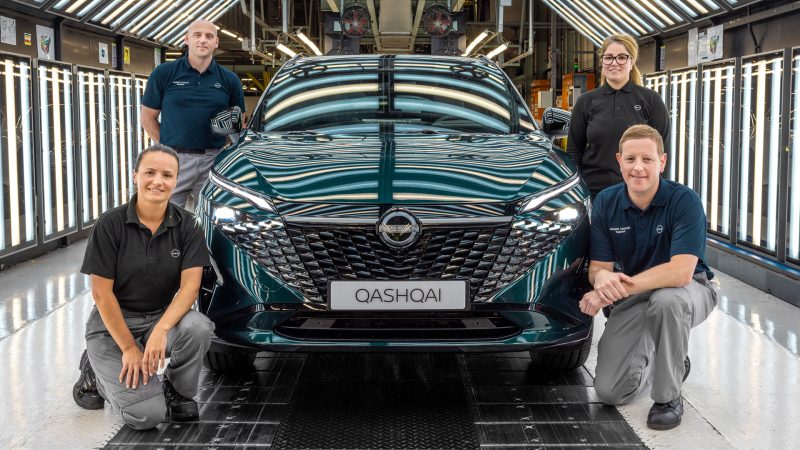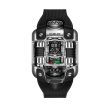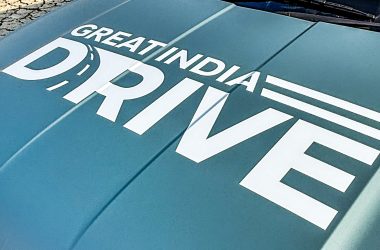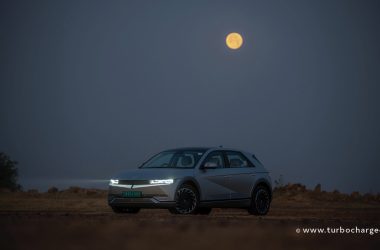The Nissan Qashqai may not have made its way to India yet, but the premium crossover has been doing excellently for the Japanese major, especially in markets like the UK and Europe. Besides pioneering the crossover segment nearly two decades ago, the Qashqai has also been the fastest selling car ever in the UK, which is a huge deal. That’s besides Nissan having moved over four million units of the Qashqai since its launch in 2006, which have been sold in more than 100 countries. The Qashqai was first manufactured at Nissan’s UK plant in Sunderland, from where it is exported and sold locally as well.
The Nissan Qashqai may not have made its way to India yet, but the premium crossover has been doing excellently for the Japanese major, especially in markets like the UK and Europe. Besides pioneering the crossover segment nearly two decades ago, the Qashqai has also been the fastest selling car ever in the UK, which is a huge deal. That’s besides Nissan having moved over four million units of the Qashqai since its launch in 2006, which have been sold in more than 100 countries. The Qashqai was first manufactured at Nissan’s UK plant in Sunderland, from where it is exported and sold locally as well.
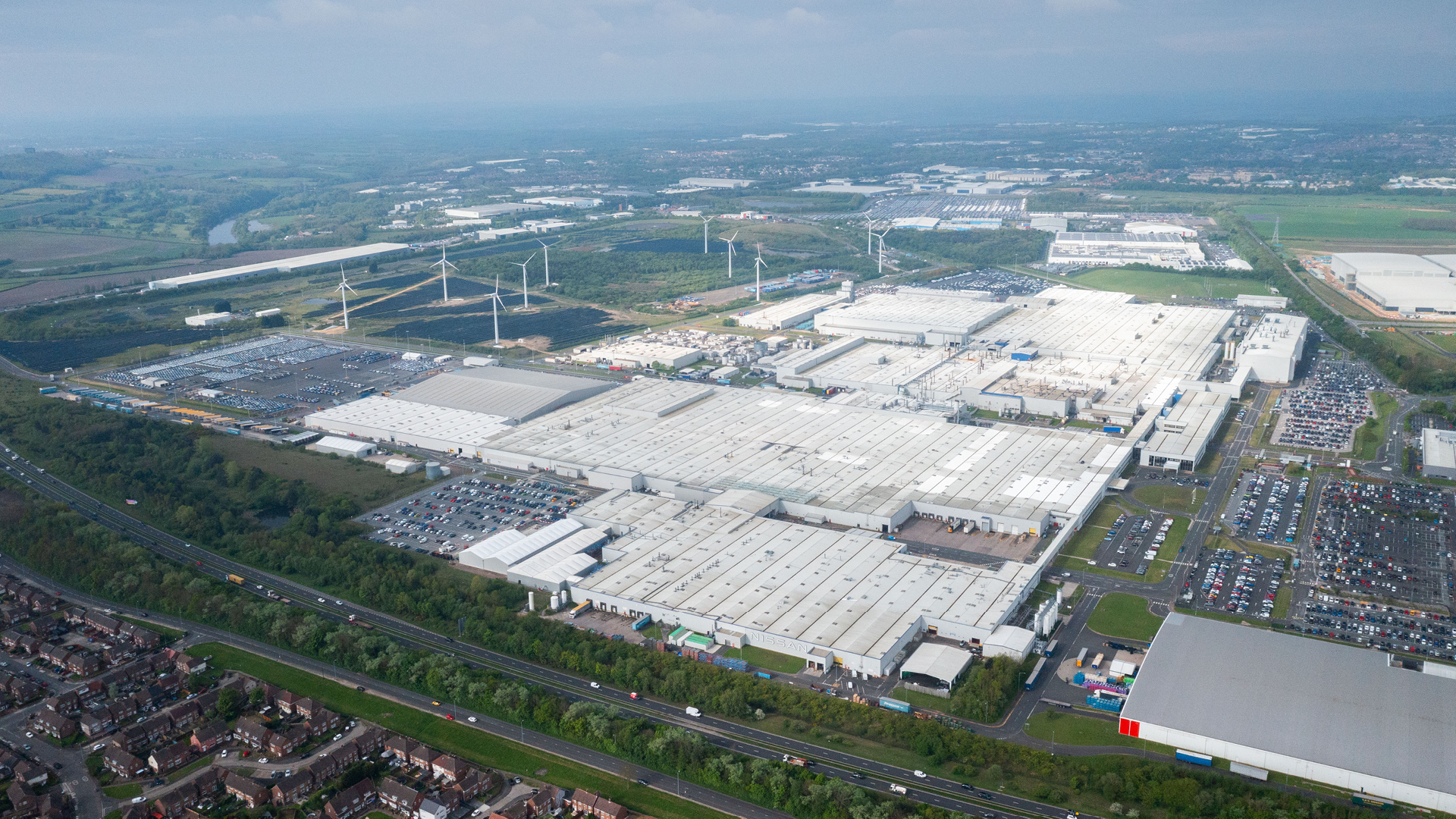
TURBOCHARGED was invited to the Nissan’s Sunderland plant in the UK to witness commencement of production of the new generation Qashqai. While getting to witness cars manufactured in India, for the Indian market and exports is something we get to experience rather frequently, getting to witness production of a premium automobile and going behind the scenes at one of its manufacturer’s most advanced factories abroad was quite an opportunity. This is also important considering that Nissan UK has invested 30 million GBP (Rs 300 crores approximately) in its Sunderland to start manufacturing the all-new Qashqai, which it is confident will herald a new era for the crossover.

The Sunderland plant is one of Nissan’s most advanced factories globally now, yet another feather in the hat for the Japanese car manufacturer, who also has a full-fledged factory in India. The Nissan India factory is part of its alliance with Renault, called the Renault-Nissan Alliance Private Limited and is where the Nissan Magnite is manufactured for the domestic market and exports. It’s also interesting to note that Nissan India plays an important role in Nissan’s global operations, including Nissan UK, through its Renault-Nissan Technology and Business Centre India or RNTBCI in short, which is also based near Chennai itself.

RNTBCI is responsible for development of modern processes and manufacturing technologies – not just for Nissan globally but other manufacturers as well. Inputs from RNTBCI have also been used by Nissan UK, and were part of the efforts to spruce up the Sunderland factory for commencing production of the new Qashqai. The new Qashqai is on offer powered by Nissan’s e-POWER technology as a hybrid, or by petrol engines with mild-hybrid assist and both versions are manufactured simultaneously. Changes and upgrades to the factory include those needed to start manufacturing the Qashqai’s redesigned body panels, interior trims, materials, bumpers and more.

The new Qashqai also uses a new ‘NissanConnect’ infotainment system with built-in Google integration and we’re told this has called for upgrades to the production processes as well. We were given a hands-on tour and also an opportunity to try some of the assembly processes ourselves, especially for the battery pack and electrical modules, which all use cutting-edge machinery to ensure faster assembly and near-zero errors. Like pretty much every other automobile, the Qashqai begins life as a long coil of sheet metal which then goes through various forming processes and lots of assemblies, quality checks and inspections before taking final form.
Processes are heavily automated, including robotic welding, handling of components and a fully automated paint shop, meaning one Qashqai is produced approximately every two minutes. It was also interesting to note how intricately the painting of a two-tone car needs to be handled, a paint scheme in vogue with buyers across segments currently. A highly skilled technician masks specific body panels once the body is painted with the first colour, following which it is sent for painting the remaining panels in the second colour. Once bodywork and painting are done and engine/powertrain fitment is done, the body is sent to the trim and chassis section.
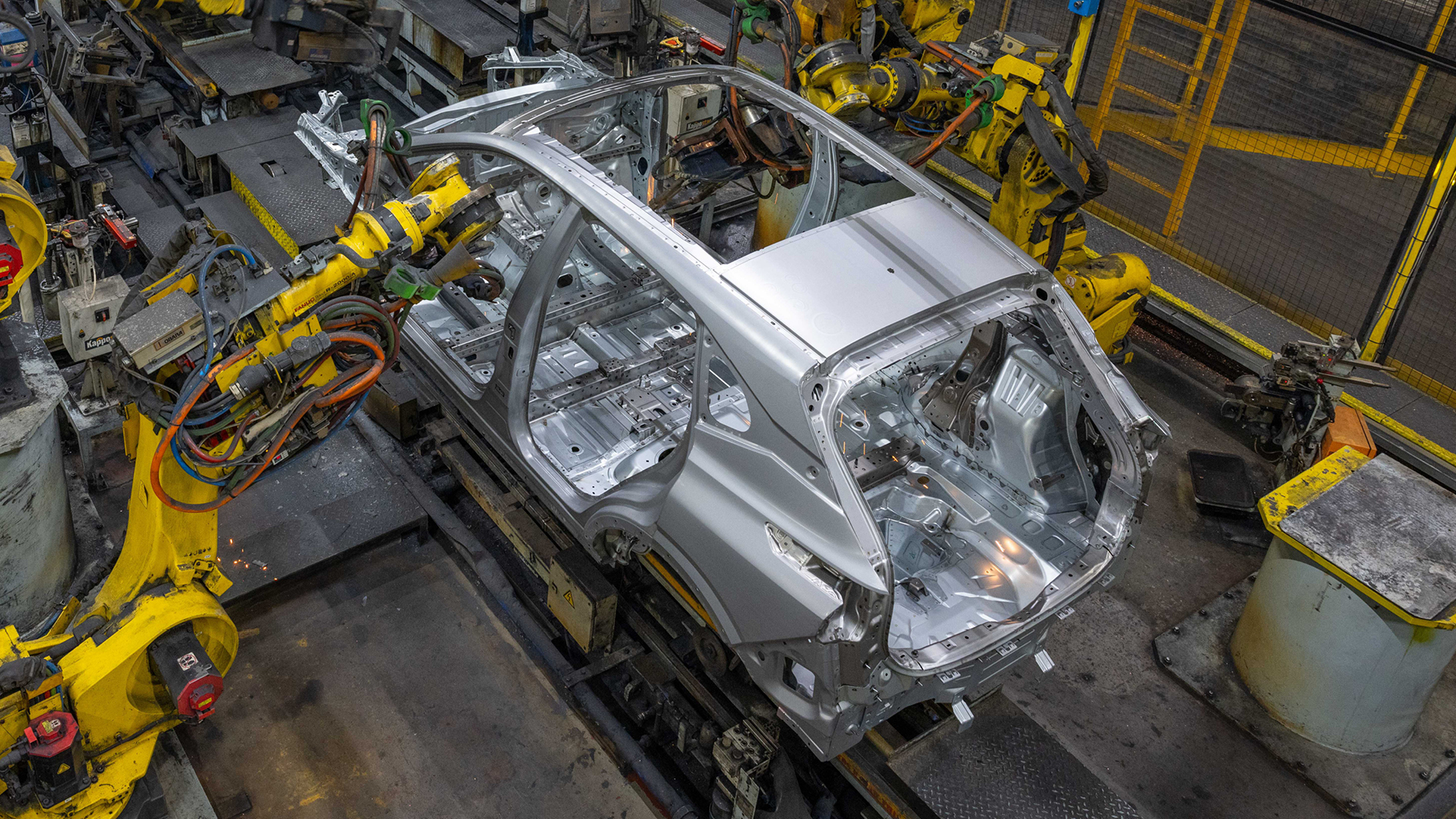
This is where the magic happens in terms of fitting all wiring harnesses, interior trims including dashboards and door panels and everything else inside. This is in fact the biggest section in the Sunderland factory, with the highest number of workers who are working meticulously to ensure the top notch fit-finish levels we’ve come to associate with a car maker like Nissan, especially for a vehicle as premium as the Qashqai, are met. A final round of checks later, the Qashqai rolls off the assembly line and is ready to be shipped off. Nissan’s Sunderland plant also leads the way for its EV36Zero program, which is part of the manufacturer’s endeavour towards a sustainable future.
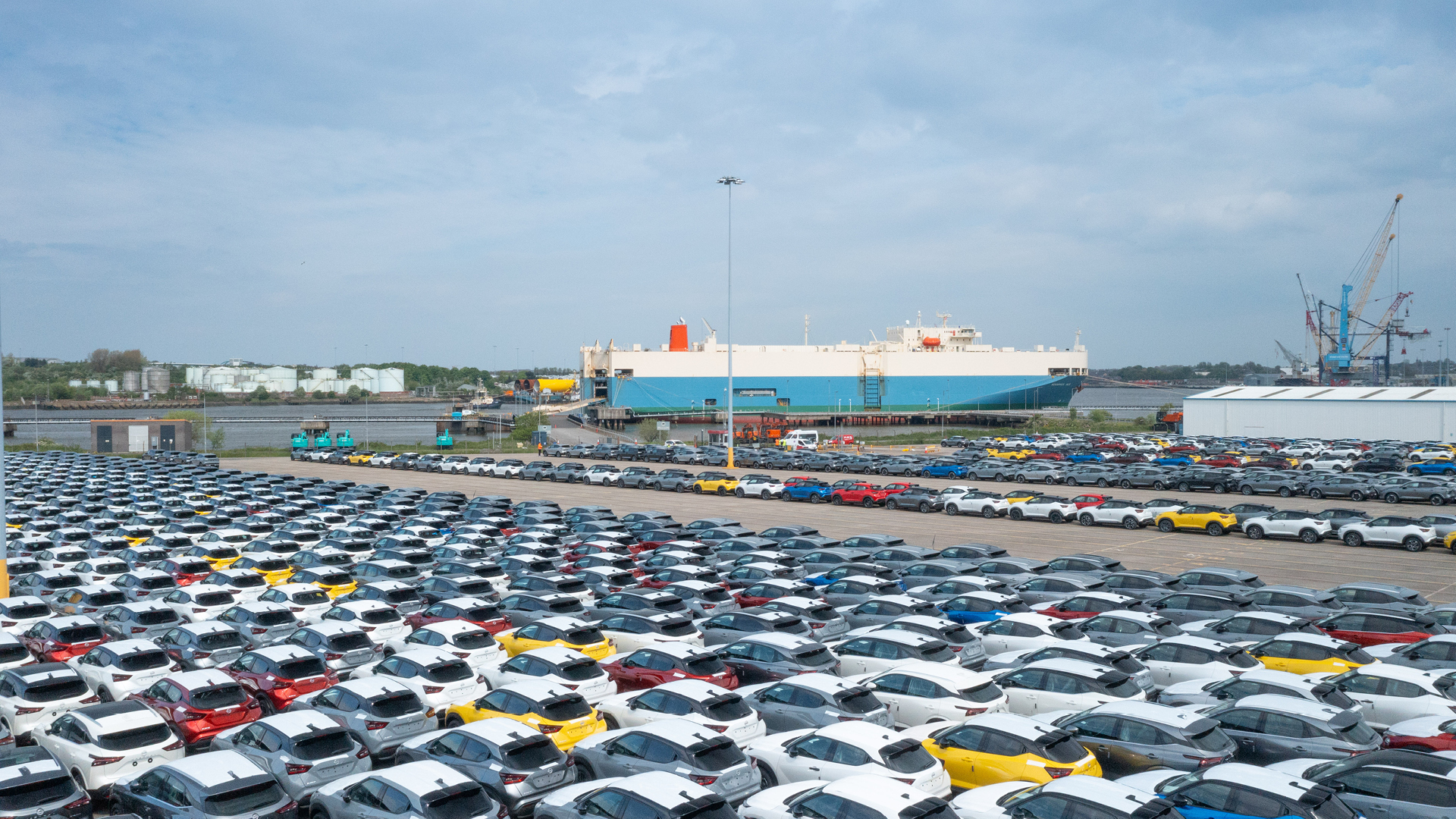
The EV36Zero program combines production processes for EVs and battery packs with Nissan’s goal of zero tailpipe emissions vehicles and zero emissions manufacturing, and is a part of the bigger, Nissan Arc program which is its new global business plan. As part of the EV36Zero program, Nissan’s Sunderland plant will also be manufacturing fully-electric versions of the Qashqai, JUKE and LEAF in the future.





